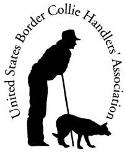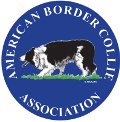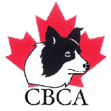The Border Collie
"There is no good flock without a good shepherd, and no good shepherd without good dogs."
No one is really sure when the working sheepdog became a fundamental part of keeping sheep on the huge open hills of the border country between Scotland and England. The dogs were certainly basic to the economy of this area by the 18th century and by the end of the 19th century the sport of dog trialing had become widespread in not only this area but across the British Isles.
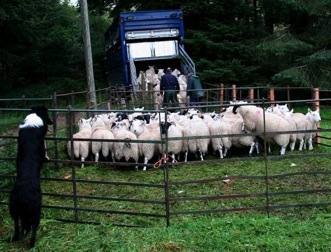
As farmers and shepherds began to travel outside of their own areas with their dogs the working dogs of different areas were interbred. The type of working dog that we today identify as the Border Collie was well fixed by the 20th century through a combination of selecting for the best working dogs on the hills and farms and in dog trials across the UK. In all of this selecting and breeding of sheepdogs, long before the dogs were identified as Border Collies, the criteria was to find the dog best able to assist the shepherd in managing large numbers of semi-wild sheep on great expanses of unfenced, unimproved ground.
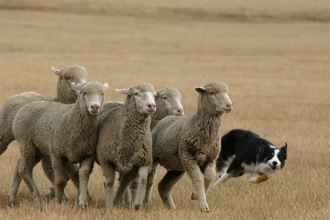
The work that we require of what has come to be identified as the Border Collie has changed with advances in agriculture. The dogs today are expected to do the work that was once shared among several shepherds. In the United States the dogs are expected to work cattle as often, or more often, than sheep. But the fundamentals have remained the same. The dogs are bred and selected for their ability to get the job done. The primary concern remains the well being of the livestock and the dog's quality is measured in how he can promote the work of the shepherd / farmer / rancher.
There is no standard to measure the appearance of one Border Collie against another as you find with show dogs. Border Collies are indeed judged one against the other, but it is by their work that they are judged not by their looks. The dog must be physically capable of covering as much as a hundred miles in a day and then getting up the next morning and doing it again. The dog must be able to outrun a 300lb ewe down the side of a mountain, get ahead of her and turn her back. The dog must be capable of gently guiding a new mother and her lambs back to the barn. The dog must be physically capable of taking a charging cow on the nose and turning her back. While it is not possible to identify a good dog by watching him walk around a show ring, it is hard to miss a good one in the field working.
